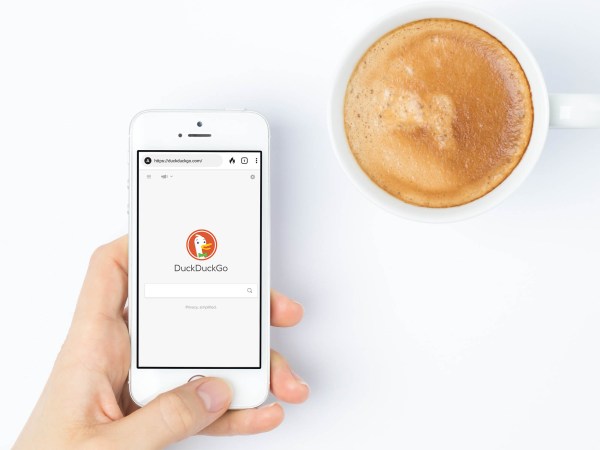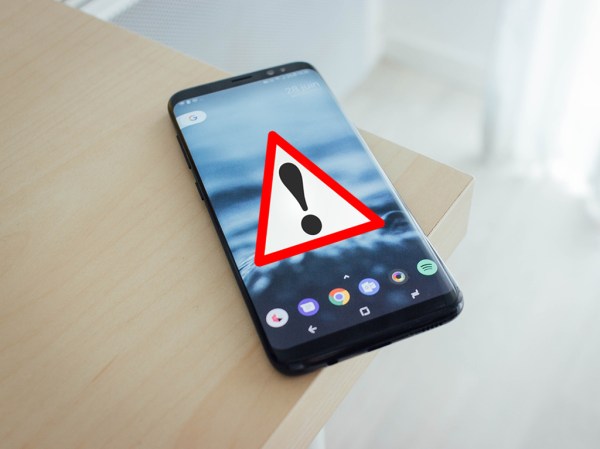

While it’s important to keep your digital spaces free from clutter as much as possible, nobody likes accidentally deleting files they actually need. Luckily, operating systems and cloud storage services come with built-in undelete options.
These features give you a grace period during which you can get your files back. If you somehow erased that vital company report that’s due Wednesday or you inadvertently wiped every single image of grandma you’ve ever taken, don’t panic.
Undelete options can get you out of a real hole, so it’s well worth taking the time to make sure they’re configured just right. This includes how long a platform keeps files before permanently erasing them, and how much space they’re allowed to take up.
How to set up your Recycle Bin on Windows
You should always be able to see the Recycle Bin on your Windows desktop—if you don’t, right-click on a blank part of the desktop and choose View and Show desktop icons. If it’s still not there, open Windows Settings then pick Personalization, Themes, and Desktop icon settings. When the Recycle Bin icon is visible on the desktop, right-click on it and choose Properties to configure how it works.
[Related: Ditch your built-in file explorer for one of these 6 apps]
On this menu, you can set up how much space the contents of the Recycle Bin take up on your disk—by default, as soon as this space is full, the oldest files in there will be wiped. If you want to get rid of something right away, you can also manually wipe files by right-clicking on the Recycle Bin and choosing Empty Recycle Bin. From this menu, you can also choose to skip this folder altogether, and have Windows erase files permanently as soon as you delete them.
If you don’t want to depend on space, you can set up a time limit as well. To do this, open Settings and choose System then Storage Sense: Turn on Automatic User content cleanup and set your time limit for the Recycle Bin (from one to 60 days) via the drop-down list underneath.
How to set up the Trash folder on macOS
macOS makes use of a Trash folder rather than a Recycle Bin, but the idea is the same: Deleted files go there and you can recover them again if you need them.
By default, files stay in the Trash indefinitely—there’s no time or space limit. To permanently delete them you need to manually empty the Trash by right-clicking on its icon in the macOS dock and choosing Empty Trash.
If this is something you don’t want to have to do regularly, and you’d rather have the disk space back, open Finder and pick Preferences from the Finder menu. Under the Advanced heading, check the box marked Remove items from the Trash after 30 days.
If you’re confident that you’re never going to accidentally delete anything important, or you’ve got a very robust backup solution in place, you can even skip the Trash altogether. With the files selected, use the Option+Cmd+Delete keyboard shortcut or hold down the Option key and pick File, Delete Immediately from the Finder menu.
How to tweak deleting settings on Dropbox
Those of you who’ve got your files syncing to and from Dropbox in the cloud can recover deleted files for up to 30 days. If you’re paying for the Professional, Standard, or Advanced plans with more storage, files will wait for 180 days before deletion, and they won’t count towards your storage quota.
Unfortunately, there aren’t any settings to configure here, and if you want deleted files to stick around for longer, you’ll just need to upgrade your Dropbox plan. Note that the Plus and Family packages, which start at $10 a month, have the same 30-day window for deleted files as free plans do.
To get your files back after they’ve been deleted, log into Dropbox on the web, and click on Deleted files on the left. Select one or more files and you get the option to Restore or Delete permanently on the right. Note that this works independently of the Recycle Bin on Windows and the Trash on macOS.
How to tweak deleting settings on OneDrive
OneDrive is the syncing and cloud storage service built into Windows, and it has its own undelete feature that works separately from the operating system’s Recycle Bin. Confusingly, it’s also called Recycle Bin, and files will stay there for 30 days until they are wiped permanently.
Any files you delete from folders synced to OneDrive will go to the cloud’s Recycle Bin, where they get a second life even if you’ve permanently removed them from the local Recycle Bin in Windows. To retrieve them, log into OneDrive on the web, and click Recycle bin on the left. You can select files to permanently delete or restore them, but you also have bulk action options at the top of the window.
OneDrive doesn’t allow changing the 30-day window or configuring how much space the Recycle Bin can use. You should also note that, unlike Dropbox, files waiting for permanent deletion do count towards your allotted storage. To see how much room they’re using up, go to OneDrive on the web, click the cog icon (top right) and then Manage storage. There you’ll also see the option to Empty the recycle bin.
How to tweak deletion settings on iCloud
As with OneDrive and the Windows Recycle Bin, the iCloud file system has its own feature for bringing back deleted files that and it works independently from the Trash folder on your Mac. Deleted files are automatically and permanently wiped after 30 days, but the good news is that while they’re hanging around they don’t count towards your iCloud storage.
You can’t change the time period before final deletion happens, nor can you alter the amount of cloud storage iCloud reserves for deleted files. How much you spend for iCloud storage service doesn’t make any difference either—the settings are the same whether you’re using the 5GB of space you get for free, or you’ve upgraded.
To bring back deleted files, log into iCloud on the web, click on Account Settings, and then Restore Files under the Advanced heading at the bottom. Alternatively, depending on the app and platform that did the deleting, you might have to go to iCloud Drive from the main iCloud portal, then click Recently Deleted (bottom right).
How to tweak deleting settings on Google Drive
Should Google Drive be your cloud storage service of choice, you’ve got 30 days after files are deleted to decide whether you want to bring them back. To see deleted files that haven’t been permanently wiped, go to Google Drive on the web, and click the Trash link on the left.
[Related: You should download the new Google Drive for Desktop]
Note that deleted files you find in there count towards your storage allowance, so you might want to empty this folder often. To either delete files forever or restore them to their original folder, right-click on files (Ctrl+click to select multiple files at once) and choose what you want to do. You’ll also see an Empty trash button up in the top right corner, which you can use to quickly take out the digital trash.
Google Drive doesn’t provide any settings for editing the time files spend in the Trash, limiting its size, or skipping the Trash folder altogether. These are also the settings for all users, whether you’re piggyback riding on Google Drive’s free 15GB, or you’ve upgraded to a paid plan.















